Land Preparation
For custard apple farming, it requires well prepared land. To bring the soil to fine tilth, ploughing is done twice with the help of Mouldboard plough and leveling is done.
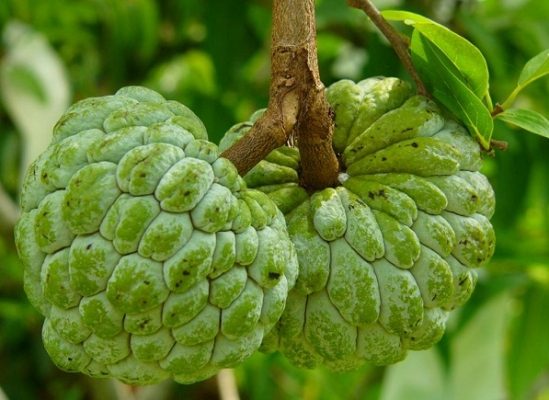
For custard apple farming, it requires well prepared land. To bring the soil to fine tilth, ploughing is done twice with the help of Mouldboard plough and leveling is done.
Time of sowing:
June-July month is an optimum time for planting.
Spacing:
Spacing of 5m X 5m is ideal for planting and for high density plantation, spacing of 6m X 3m is done.
Sowing depth:
2-3cm deep, seeds are sown in the soil.
It is also known as Sitaphal. The botanical name of Custard Apple is Annona squamosal and it belongs to the family of Annonaceae. It is delicious in taste and is dry land fruit. It is rich source of Vitamin C, Potassium, Manganese and Iron. The fruit contains fewer amounts of saturated fats, sodium and cholesterol content. Because of its good nutritional value, it is known as an ideal fruit for maintaining health. The tree attains the height of 4.5-10m and it bears yellow color trumpet shaped flowers. Flowers bear fruit which is yellow or brown in color at maturity. The fruit is having 8-16 diameters. The farming is done most commonly in Philippines, Egypt, central Africa, and India. Kolkata, Maharashtra, Chhattisgarh, Madhya Pradesh, Kerala, Karnataka, Gujarat, Telangana, Andhra Pradesh, Andaman and Nicobar and Mizoram are the major custard apple growing states in India. The fruit is useful to cure constipation, reduces rheumatism and arthritis and helps to fight muscle weakness.
Sandy loam soil is known as best for the cultivation of custard apple farming. Otherwise, clayey loam soil is also suitable for custard apple farming. Avoid cultivation in poorly drained soils, heavy clayey or rocky soil. Try to avoid cultivation in the soil in which there is previously grown crops are tomatoes, eggplant, capsicums, ginger and eggplant. Custard farming is suitable even on the soil having pH more than 7.5.
Saraswati Seven: Released by Rajasthan Agriculture Research Institute. It is grown in belt of Rajasthan which includes Dungarpur, Rajsamand, Chittorgarh, Udaipur, Banswara and Jhalawar. The fruit weight of this variety is 350-400gm.
Other state varieties:
Red Sitaphal, Balanagar, Purandhar (Pune), Washington, Hybrid, Pink Mammoth and African pride are the varieties grown in India.
Seed rate:
Use 165plants/acre for sowing and for high density planting, use 225plants/acre.
Seed treatment:
Before sowing, firstly scarify the seeds with sandpaper and then soak the scarified seeds in warm water for 24 hours. After soaking you can directly sow seeds on prepared beds.
Pits are digging in the May month with the dimensions of 60cm X 60cm X 60cm.Place the top soil of the pit on the right side and bottom soil on the left side of the pit. Pits are exposed to sun for at least 2weeks to prevent from soil borne pest and diseases.
After digging, pits are filled with top soil, FYM@20kg, SSP @1kg and 10% Follidol dust@100gm per pit. Grafts are planted in the prepared pits in the month of July.
Fertilizer Requirement (gm/lant)
| UREA | SSP | MOP |
| 400 | 250 | - |
Apply FYM@30kg at the time of land preparation and mix well in the soil. Application of fertilizer dose is given in the form of Nitrogen@400gm, Phosphorus@250gm per plant. Nitrogen is applied in three equal splits i.e. first in the month of January, then second in July and third in November month. Phosphorus dose is applied in two equal splits i.e. first in January and then in July month.
When plants are grown by budding or grafting method, then training to single stem is given. Less amount of pruning is required for the good growth of crown. It will result in better yield for long period of time.
It is a rainfed crop, therefore no irrigation is required. But for early harvest, irrigation is given in flowering season i.e. in the month of May till regular monsoon starts. Mist sprinkling is best for good flowering and fruit setting. Mist sprinkling also helps for lowering the temperature and to increase relative humidity.
Hand weeding and intercultural operations are done for initial 5 years. Mulching is also an effective way to reduce soil temperature along with weed control.
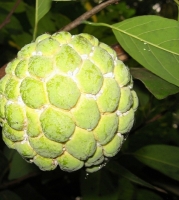
Mealybug: They suck the sap and infest the developing fruits. As a result the fruit size decreases and premature fruit dropping starts. They can also infest leaves, fruit stalk and terminal shoots. As a result, they cause yellowing and drying.
If infestation is seen, then spraying of Dichlorvos@2ml/ltr or Acephate@4gm/ltr of water.
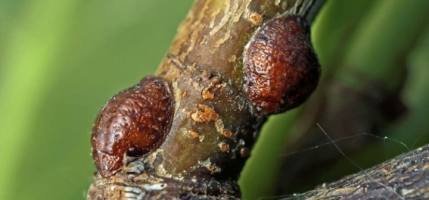
Scale insect: Plumose scale attacks the shoot and stem of the tree and the symptoms are dark brown to grayish color spots are seen on the stems and shoots. Philephedra scale attacks the leaves, young stems and fruits. The symptoms are leaf browning which ultimately result in dropping and stem dieback.
Control: If infestation is observed in field take spray of Cartap hydrochloride @ 170 gm or Triazophos @ 250 ml or 100 Ltr of water.
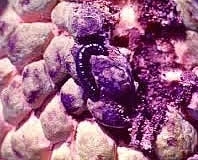
Fruit boring caterpillar: The moth lays eggs on fruit and leaves which feed themselves by eating young shoots and leaves.
Control: If infestation is observed in field take spray of Cartap hydrochloride @ 170 gm or Triazophos @ 250 ml per 100 Ltr of water.
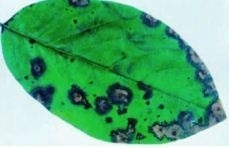
Leaf spot: Large, circular and dark color spots are seen on the leaves. When disease becomes severe it results in leaf dropping.
If infestation is seen severe, spraying of copper fungicides is done. Mulching is also an effective way to reduce this disease.
If incidence of disease is observed, spray crop with Carbendazim 25% @300 gm or 400gm M-45 in 150 Ltr of water per acre. Repeat the spray after 15 days interval.
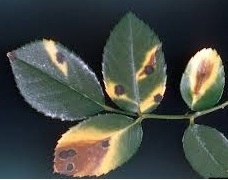
Black spot: It mainly develops in spring season. Tiny black color spots are seen on the leaves. Yellow spots get developed on outer side of black spots. And ultimately whole leaf turns yellow and falls off.
If incidence of disease is observed, spray crop with Carbendazim 25% @300 gm or 400gm M-45 in 150 Ltr of water per acre. Repeat the spray after 15 days interval.
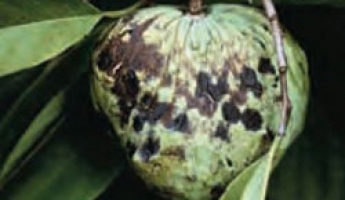
Anthracnose: It is a fungal disease which causes dark and sunken spots on foliage, stem and fruits.
If incidence of disease is observed, spray crop with Carbendazim 25% @300 gm in 150 Ltrs of water per acre. Repeat the spray after 15 days interval.
In Rajasthan, harvesting is done in September-November month. Trees start giving yield from 3rd year. It gives an average yield of 30qtl/acre and in high density planting area it gives an average yield of 100qtl/acre.
You have successfully login.
Your email and password is incorrect!